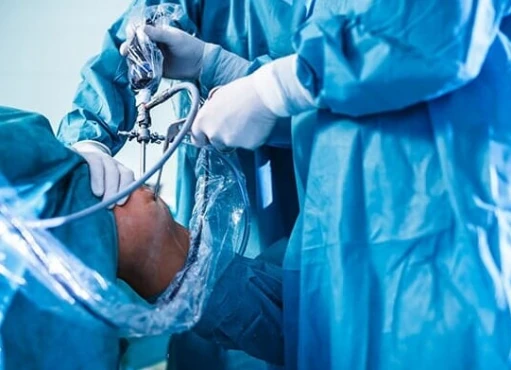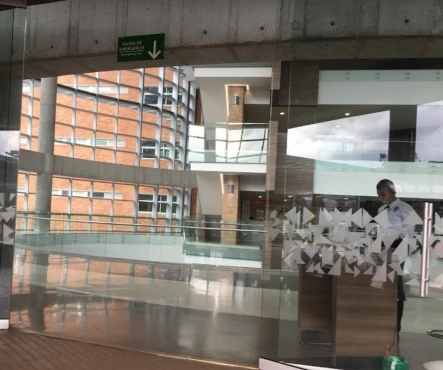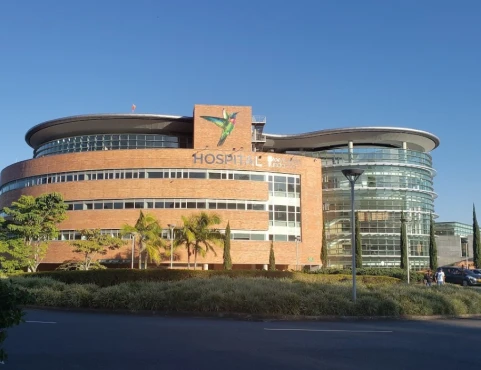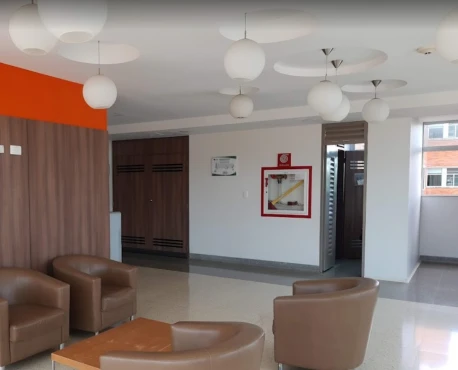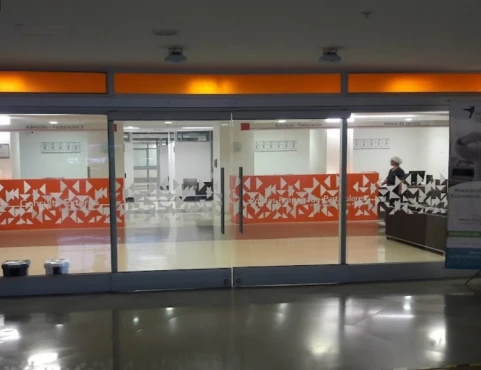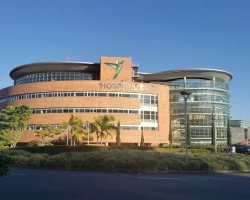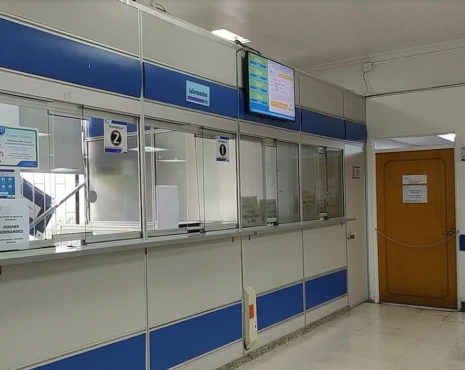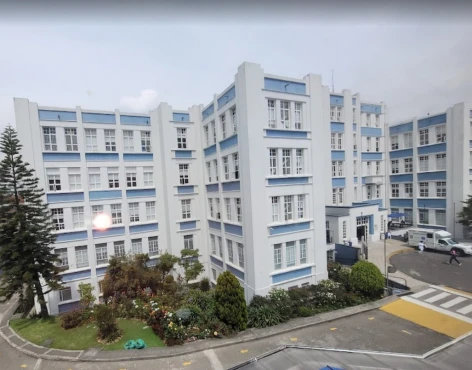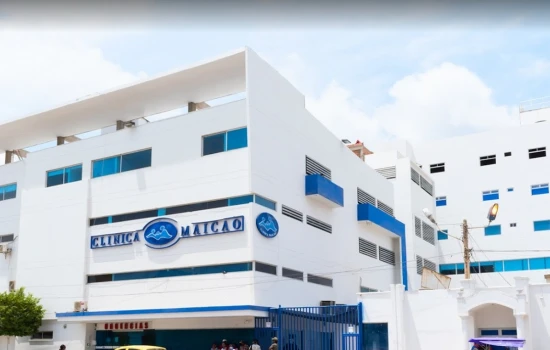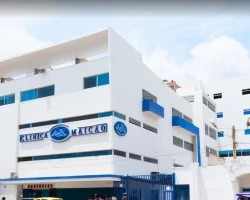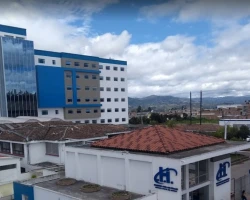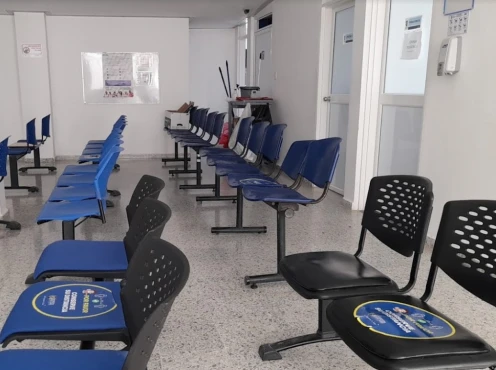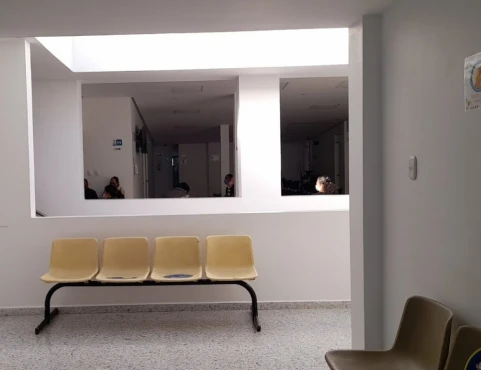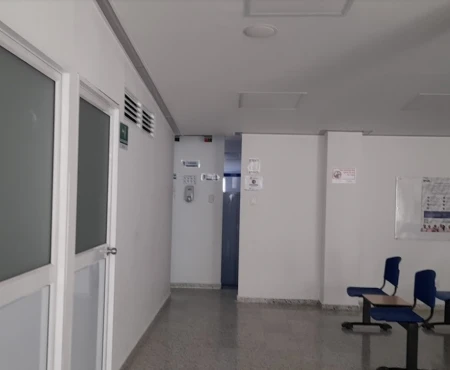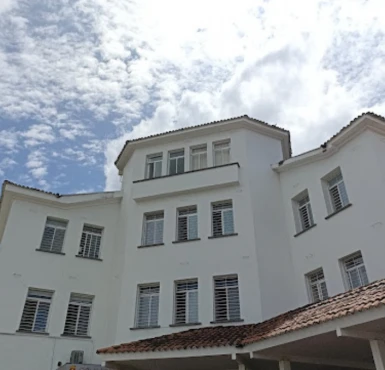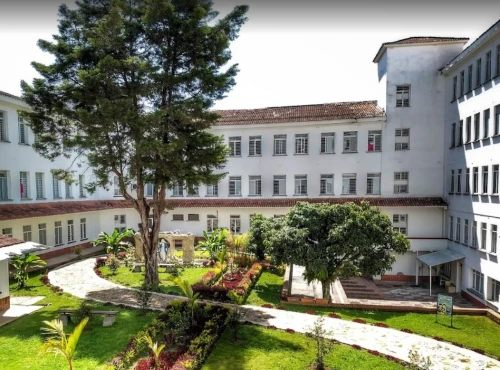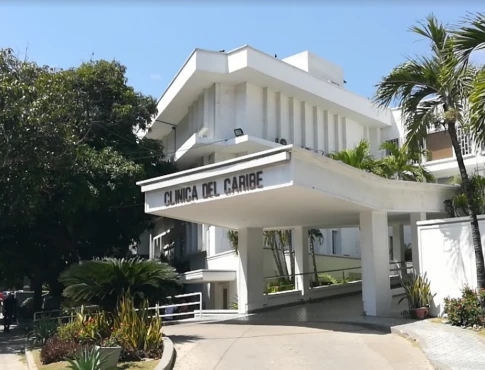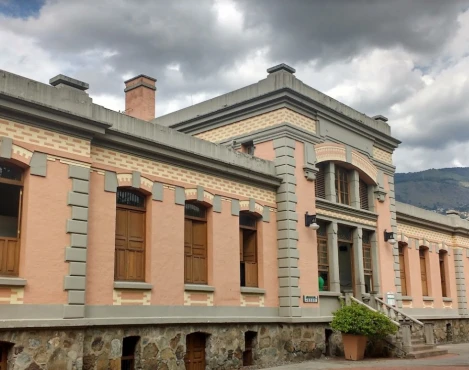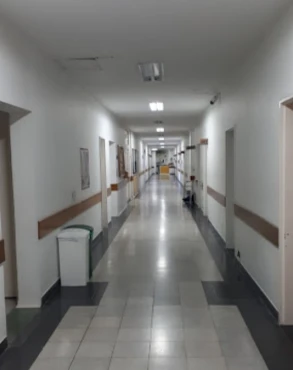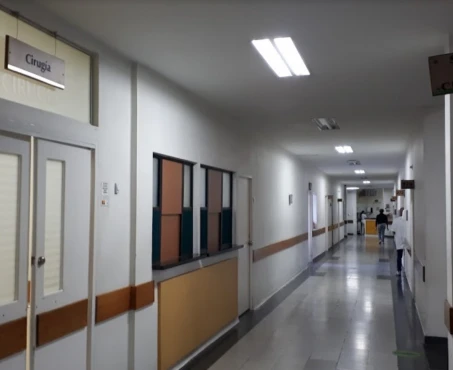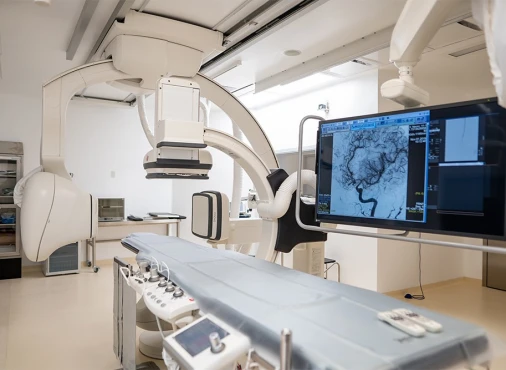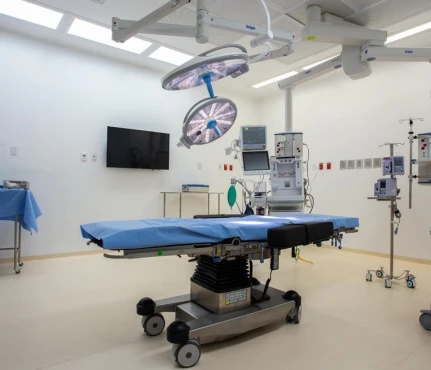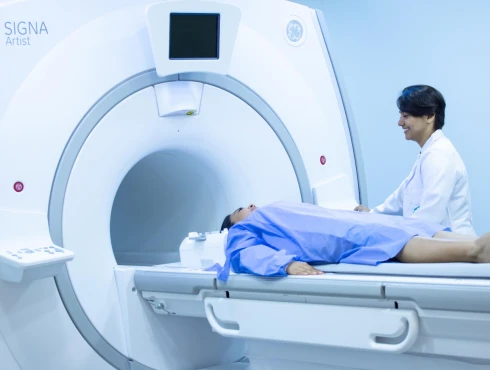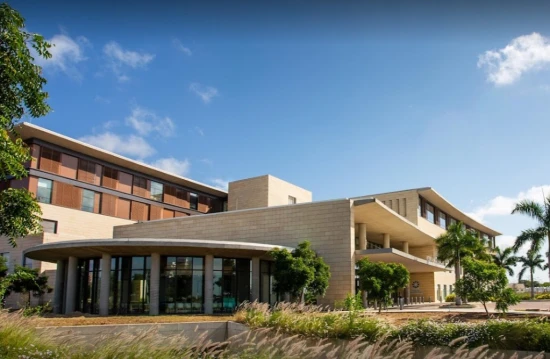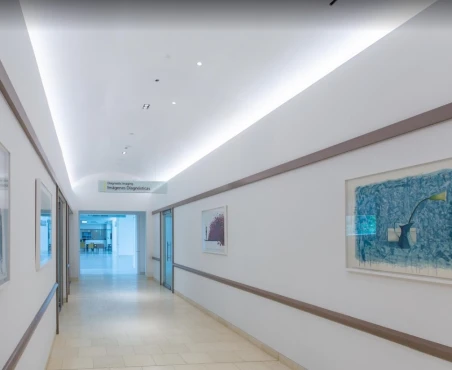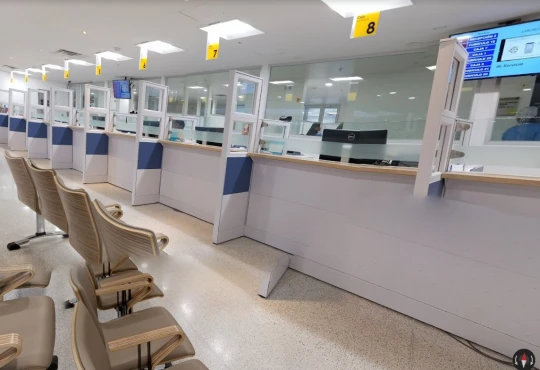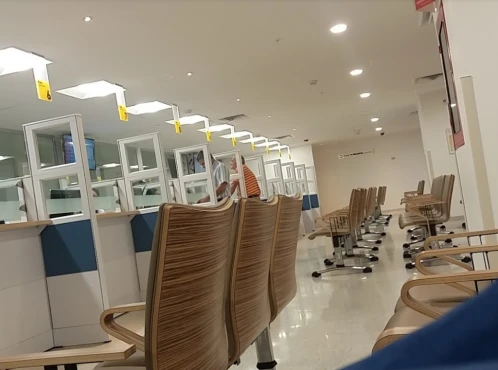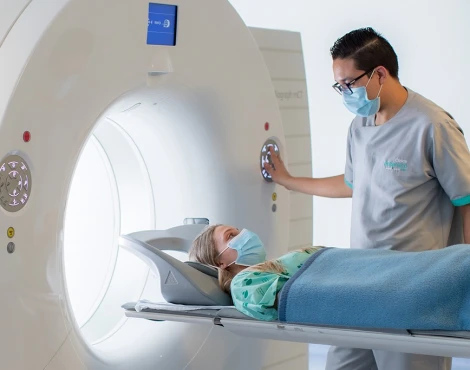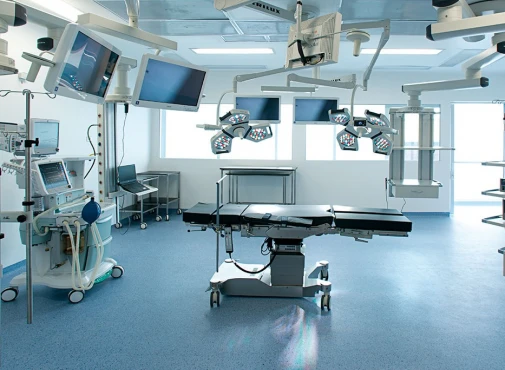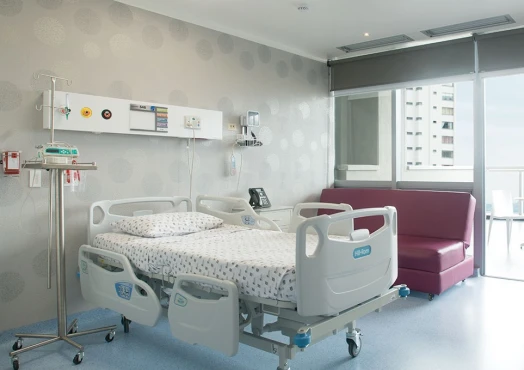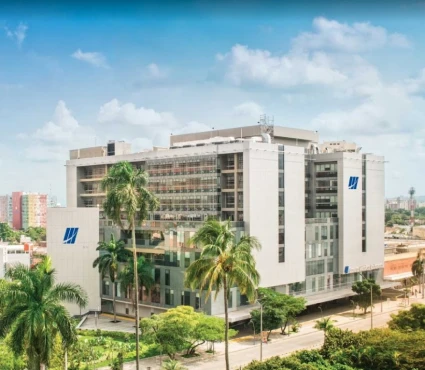Tenotomy in 10 Orthopedic surgery clinics in Colombia with additional parameter
10 clinics specializing in Orthopedic surgery providing
Tenotomy
Tenotomy is a surgical procedure that involves cutting a tendon to relieve tension or correct a deformity. It is often used to treat conditions such as spasticity, tendonitis, and other conditions that affect tendon function.
Read more...
procedure in Colombiawith additional parameter of rating.
Sorted by:
Relevance
Rating
Cost of procedures
Relevance
Prices for selected procedures, total:
≈ $909
Prices for popular procedures:
Prices for selected procedures, total:
≈ $909
Prices for popular procedures:
Prices for selected procedures, total:
≈ $909
Prices for popular procedures:
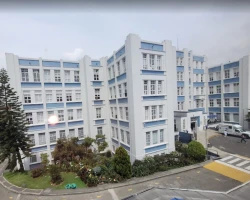
Bogota, Colombia
Specializations: Cardiac surgery, Vascular surgery, Thoracic surgery, Neurosurgery, Spine surgery, Orthopedic surgery, Oncology
We are a High and Medium Complexity Health Services Company, a reference center for the Department of Cundinamarca, head of the network of 37 hospitals
read more
Prices for selected procedures, total:
≈ $909
Prices for popular procedures:
Prices for selected procedures, total:
≈ $909
Prices for popular procedures:
Prices for selected procedures, total:
≈ $909
Prices for popular procedures:
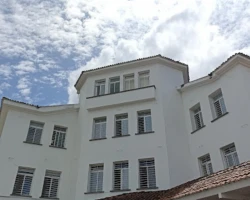
Popayán, Colombia
Specializations: Cardiac surgery, Vascular surgery, Thoracic surgery, Neurosurgery, Orthopedic surgery, Oncology
Through Agreement Number 02 of February 4, 2004, the Municipal Council of Popayán determines that the Hospital Universitario San José de Popayán Empresa Social del
read more
Prices for selected procedures, total:
≈ $909
Prices for popular procedures:
Prices for selected procedures, total:
≈ $909
Prices for popular procedures:
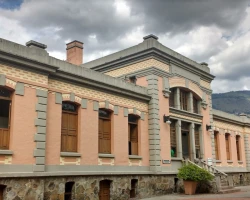
Medellín, Colombia
Specializations: Cardiac surgery, Vascular surgery, Thoracic surgery, Neurosurgery, Spine surgery, Orthopedic surgery, Oncology
More than one hundred years of history and medical advances highlight the Hospital San Vicente Fundación in Colombia and Latin America, which, supported by its
read more
Prices for selected procedures, total:
≈ $909
Prices for popular procedures:

Cartagena, Colombia
Specializations: Cardiac surgery, Vascular surgery, Thoracic surgery, Neurosurgery, Spine surgery, Orthopedic surgery, Oncology
We are a private entity, dedicated to providing comprehensive health services of the highest ethical, scientific and technological quality. Operated by the Fundación Santa Fe
read more
Prices for selected procedures, total:
≈ $909
Prices for popular procedures:
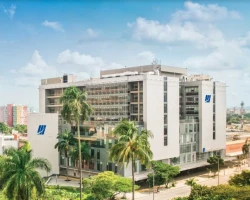
Cali, Colombia
Specializations: Cardiac surgery, Vascular surgery, Thoracic surgery, Neurosurgery, Spine surgery, Orthopedic surgery, Oncology
In the early 1970s, a group of professors from the Universidad del Valle School of Medicine conceived the idea of creating a center for specialists
read more
Procedure price distribution in Colombia
Tenotomy:
$901
This price found in Colombia, Cali
$901
This price found in Colombia, Cali
Minimum Average Maximum
Procedure prices in popular countries:
Tenotomy:
Turkey
$1,442 - 1,442
in
23 clinics
China
$4,582 - 4,666
in
5 clinics
Germany
$4,897 - 4,897
in
35 clinics
Israel
$6,362 - 6,372
in
8 clinics
United States
$7,282 - 7,282
in
12 clinics
Countries with the highest number of clinics offering the procedures treatment:
Tenotomy:
worldwide
585 clinics
Brazil
43 clinics
Germany
35 clinics
United Kingdom
33 clinics
Colombia
32 clinics
Mexico
25 clinics
Clinics grouping by rating
Clinic with the highest rating of 4.2 — Centro Médico Imbanaco in Cali, Colombia and 1 more, clinic with the most reviews number of 318 — Centro Médico Imbanaco in Cali, Colombia.
With rating 4.0 and over — 10 clinics .

